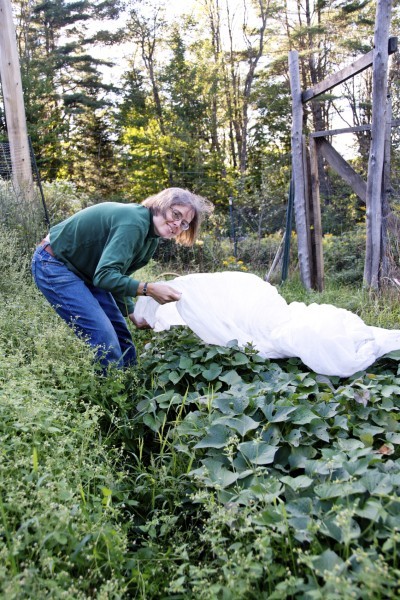






All living things need some sort of protection to keep them comfortable during the winter months and plants are no exception. A layer of mulch is often enough to protect plant roots, and in more northern climates, Mother Nature provides a layer of snow, which serves as a great winter covering for plants. However, many plants depend on a little extra protection to survive until spring. Read on to learn about covering plants in cold weather.
Frost covering for many plants is of limited use, and the best way to protect plants, according to horticulturalists at University of Georgia Extension, is to ensure your plants are properly watered, fed and protected from pests during the spring and summer.
Healthy plants are hardier and can withstand cold weather better than weak, unhealthy plants. Most importantly, plan carefully and choose plants that can survive in your growing zone.
If you use plant covering materials, use them only during the cold spell and remove them as soon as the weather moderates.
Young evergreens can suffer sunscald for the first two to five winters. A light-colored winter covering will reflect the light and keep the bark at a relatively consistent temperature. Be sure to water evergreens deeply before the ground freezes, as evergreens are unable to replace moisture lost to winter wind and sun.
Here are the most common plant coverings for protecting plants in cold weather or frosts.
Copyright © www.100flowers.win Botanic Garden All Rights Reserved